Werewolf Memes: Howling at the Moon(light Humor)
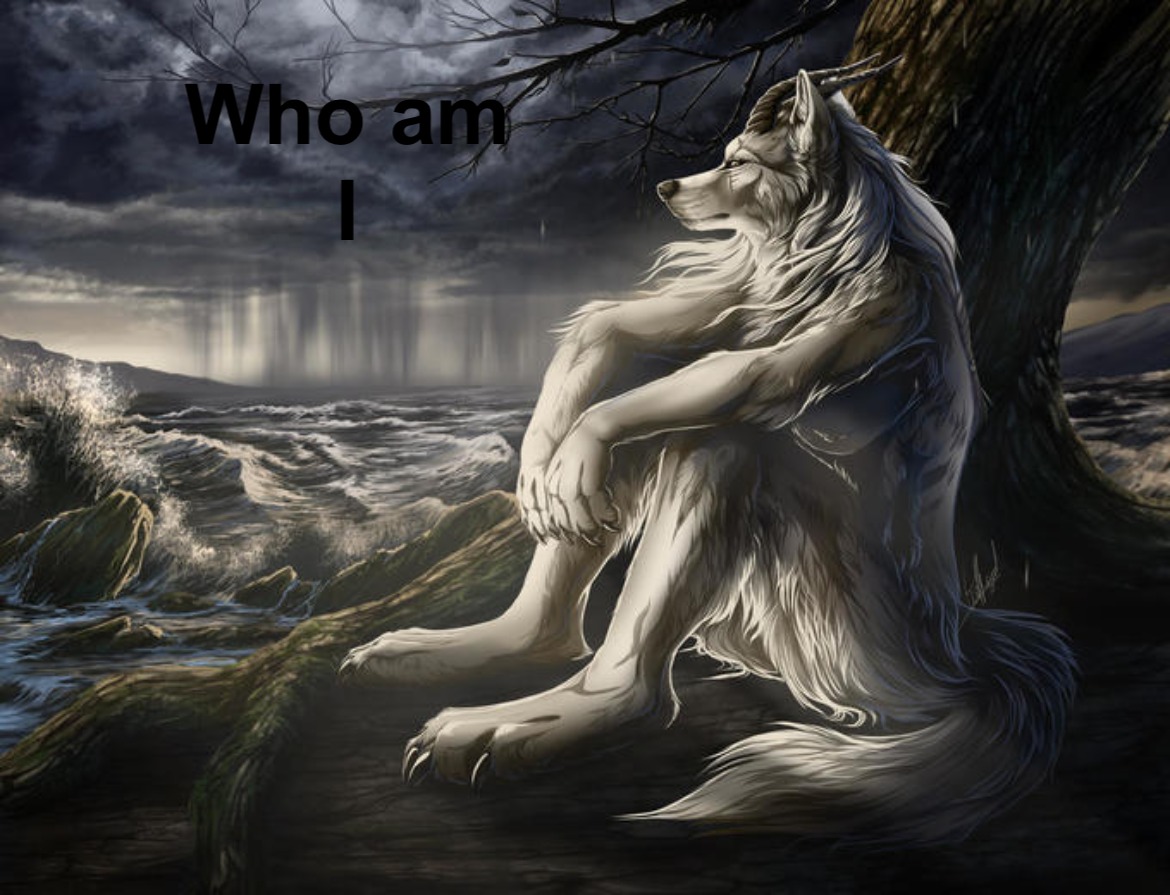
In the vast landscape of internet culture, few creatures have captured the imagination quite like the werewolf. These shape-shifting beings have leapt from folklore and horror films into the realm of memes, where they continue to howl at the digital moon. The werewolf meme phenomenon has taken on a life of its own, evolving and adapting much like the mythical creatures themselves. In this comprehensive exploration, we'll sink our teeth into the world of werewolf memes, examining their origins, evolution, and the cultural impact they've had on our online interactions.
The Birth of the Werewolf Meme
The werewolf meme, like many internet phenomena, didn't emerge from a single source but rather evolved from a collective fascination with these legendary creatures. Rooted in centuries-old folklore and popularized by Hollywood, werewolves have long been a part of our cultural consciousness. However, it wasn't until the rise of social media and meme culture that these lunar-loving lycanthropes found their true calling as vessels for humor and social commentary.
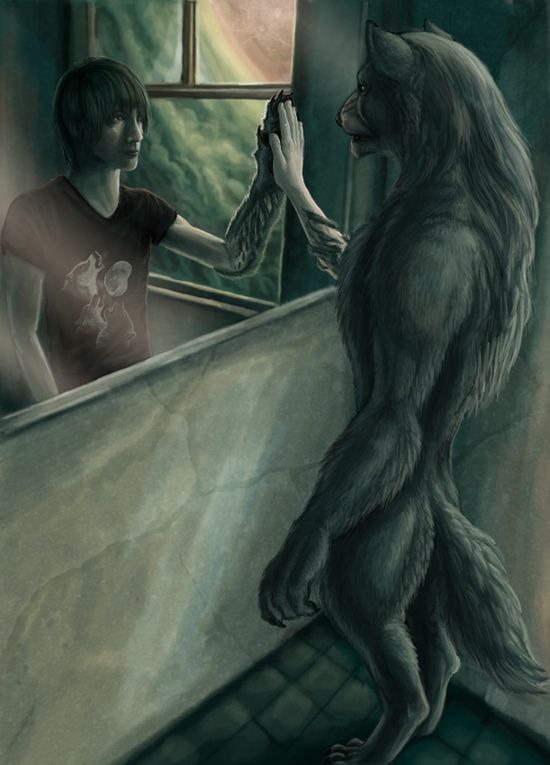
The earliest werewolf memes often played on the classic tropes associated with these creatures:
- Full moon transformations
- Uncontrollable hair growth
- The duality of man and beast
- Awkward social situations resulting from lycanthropy
As meme culture evolved, so did the complexity and nuance of werewolf memes. They began to incorporate elements of self-deprecating humor, social anxiety, and even political commentary. The versatility of the werewolf as a meme subject allowed it to adapt to various formats and trends, ensuring its longevity in the fast-paced world of internet humor.
The Anatomy of a Werewolf Meme
To understand the appeal and staying power of werewolf memes, it's essential to dissect their components. A typical werewolf meme consists of several key elements:
- Visual Representation: This can range from classic movie stills to original artwork or even photos of particularly hairy individuals.
- Relatable Situation: The meme often presents a scenario that resonates with the audience, such as social awkwardness or sudden, uncontrollable changes.
- Humorous Twist: The punchline typically plays on werewolf lore in an unexpected or exaggerated way.
- Cultural Reference: Many werewolf memes incorporate pop culture elements, blending werewolf mythology with current trends or other meme formats.
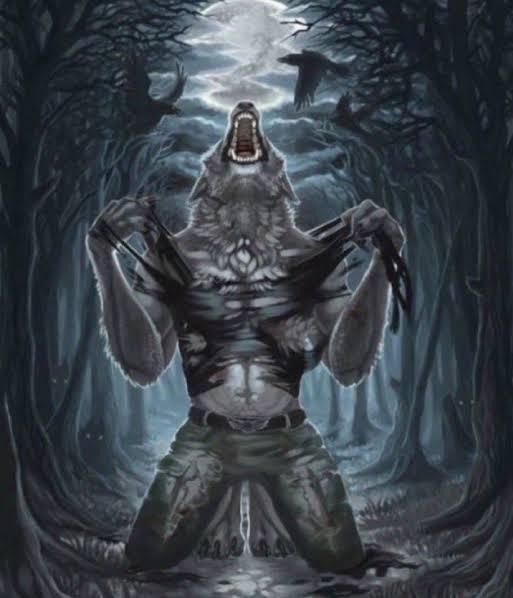
One particularly popular format is the "Werewolf Transformation" meme, which plays on the idea of sudden, uncontrollable changes. These memes often use a series of images or a single split image to show a before-and-after scenario, with the "after" being an exaggerated or unexpected transformation.
The Cultural Impact of Werewolf Memes
Werewolf memes have had a significant impact on internet culture, extending far beyond simple entertainment. They've become a way for people to express complex emotions and experiences in a relatable, humorous format. Here are some key areas where werewolf memes have left their mark:
- Mental Health Awareness: Many werewolf memes touch on themes of anxiety, mood swings, and feeling out of control. This has opened up conversations about mental health in a more accessible way.
- Body Image: The werewolf's transformation often serves as a metaphor for body image issues and the pressure to conform to societal standards of appearance.
- Social Commentary: Werewolf memes have been used to critique everything from workplace culture to political situations, using the werewolf's duality as a powerful metaphor.
- LGBTQ+ Expression: The theme of transformation and hidden identities has resonated with the LGBTQ+ community, leading to werewolf memes being adopted as a form of queer expression.
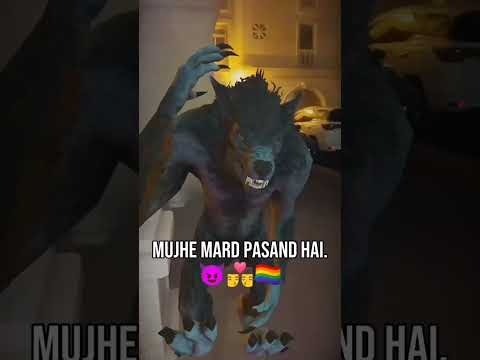
The video above humorously plays on the werewolf transformation trope, demonstrating how these memes have evolved to incorporate various aspects of identity and sexuality.
The Evolution of Werewolf Memes
Like the creatures they depict, werewolf memes have undergone significant evolution since their inception. This evolution can be traced through several distinct phases:
- Classic Horror References: Early werewolf memes often drew directly from horror movies and literature, playing on well-known tropes.
- Relatable Everyday Scenarios: As meme culture matured, werewolf memes began to focus more on everyday situations, using lycanthropy as a metaphor for common experiences.
- Self-Aware Humor: Modern werewolf memes often feature a self-referential quality, poking fun at the meme format itself or the overuse of werewolf imagery.
- Cross-Pollination with Other Memes: Werewolf memes have begun to merge with other popular meme formats, creating hybrid content that appeals to a broader audience.
This evolution mirrors the broader trends in meme culture, as outlined in our analysis of the Drake meme, another format that has shown remarkable adaptability and staying power.
The Psychology Behind Werewolf Memes
The enduring popularity of werewolf memes can be attributed to several psychological factors:
- Catharsis: Werewolf memes often allow people to express difficult emotions or experiences in a safe, humorous way.
- Identification: The werewolf's struggle with duality resonates with many people's experiences of conflicting identities or desires.
- Escapism: The fantastical nature of werewolves provides a brief escape from reality, allowing people to imagine a world where their problems are supernatural rather than mundane.
- Community Building: Sharing and engaging with werewolf memes creates a sense of community among those who relate to the content.
This psychological appeal is similar to what we've observed in the popularity of crying memes, which also provide an outlet for emotional expression through humor.
Creating Your Own Werewolf Meme
For those inspired to join the pack and create their own werewolf memes, here are some tips:
- Choose Your Format: Decide whether you want to use images, video, or text-based memes.
- Find a Relatable Angle: Connect the werewolf theme to a common experience or emotion.
- Subvert Expectations: The best memes often come from unexpected twists on familiar themes.
- Keep It Simple: Don't overcomplicate your meme. The best ones are often the most straightforward.
- Stay Current: Try to incorporate current events or trends into your werewolf meme for added relevance.
- Respect Copyright: If using images or video clips, ensure you have the right to use them or opt for creating original content.
Conclusion: The Future of Werewolf Memes
As we've seen, werewolf memes have proven to be a resilient and adaptable form of internet humor. Their ability to evolve with changing trends while maintaining their core appeal suggests that they'll continue to be a staple of meme culture for years to come.
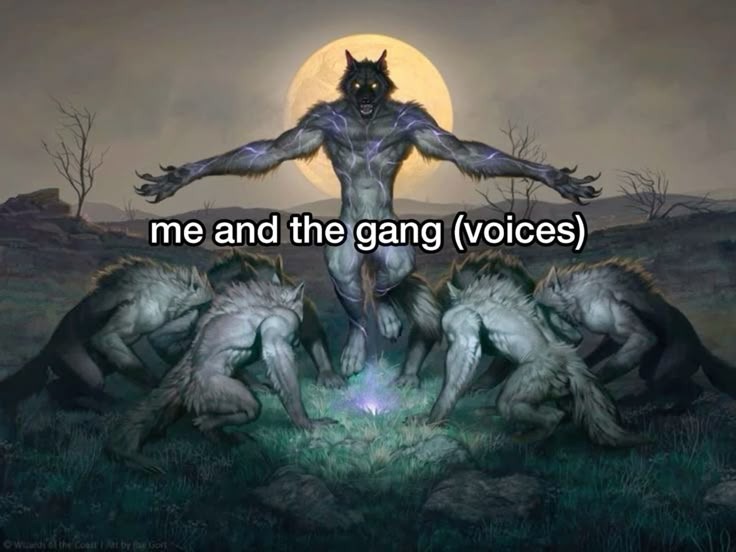
The future of werewolf memes likely lies in their continued integration with emerging technologies and platforms. We may see augmented reality werewolf filters, AI-generated werewolf content, or even interactive werewolf meme experiences in virtual reality.
As our understanding of internet culture deepens, so too does our appreciation for the role that memes play in shaping our digital interactions. Werewolf memes, with their blend of humor, relatability, and cultural commentary, serve as a fascinating case study in the evolution of online communication.
For those looking to delve deeper into the world of meme culture and its impact on digital communication, AHAMEME.COM offers a wealth of resources and analysis. Whether you're a casual meme enthusiast or a serious researcher of internet phenomena, there's always more to discover in the ever-changing landscape of digital folklore.
So the next time you find yourself howling with laughter at a particularly clever werewolf meme, remember: you're not just enjoying a joke, you're participating in a rich, evolving tapestry of internet culture. Keep howling, keep sharing, and keep the werewolf meme legacy alive!